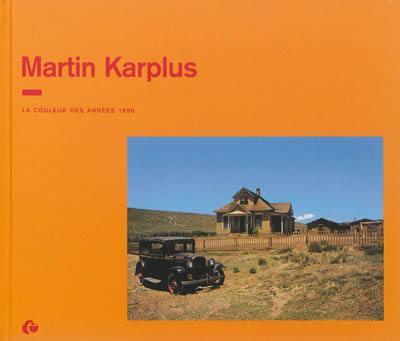
Paru le 06/05/2013 | Cartonné 104 pages
Tout public
texte Jean-Pierre Changeux, Sylvie Aubenas, Nathalie Boulouch
Martin Karplus - La couleur des années 1950
Martin Karplus (né à Vienne en 1930, vivant aux États-Unis depuis 1938), scientifique mondialement reconnu pour ses travaux (entre autres, il est un pionnier de la théorie chimique de résonance magnétique nucléaire) a aussi pratiqué la photographie en couleurs entre 1954 et 1965 : une bourse de la National Science Foundation lui a permis de visiter toute l'Europe, muni d'un Leica IIIC. Pendant cette pause dans une vie consacrée à la science, il n'a cessé de produire des photographies avec les premières diapositives Kodachrome. Il a poursuivi ce travail durant quelques années aux États-Unis, en Amérique du Sud et en Asie. La centaine d'images sélectionnées parmi les milliers réalisées en quelques années, témoignent du regard curieux et profondément humaniste d'un très grand chercheur.
Martin Karplus - Color in the 1950'S
Martin Karplus (born in Vienna in 1930, living in the United States since 1938), a world renowned scientist known for his pioneering work on the chemical theory of nuclear magnetic resonance, was also an active photographer working with color between 1954 and 1965. Studying at Oxford under a grant from the National Science Foundation, he was able to travel throughout Europe with his Leica IIIC. During this break from science, he took many photographs using the very first Kodachrome slide film. After his 3-year period of study in Europe, he continued to take images in the United States, South America and Asia. The approximately hundred images selected from the thousands he took in just a few years convey the deeply humanist and questioning gaze of an outstanding scientist.